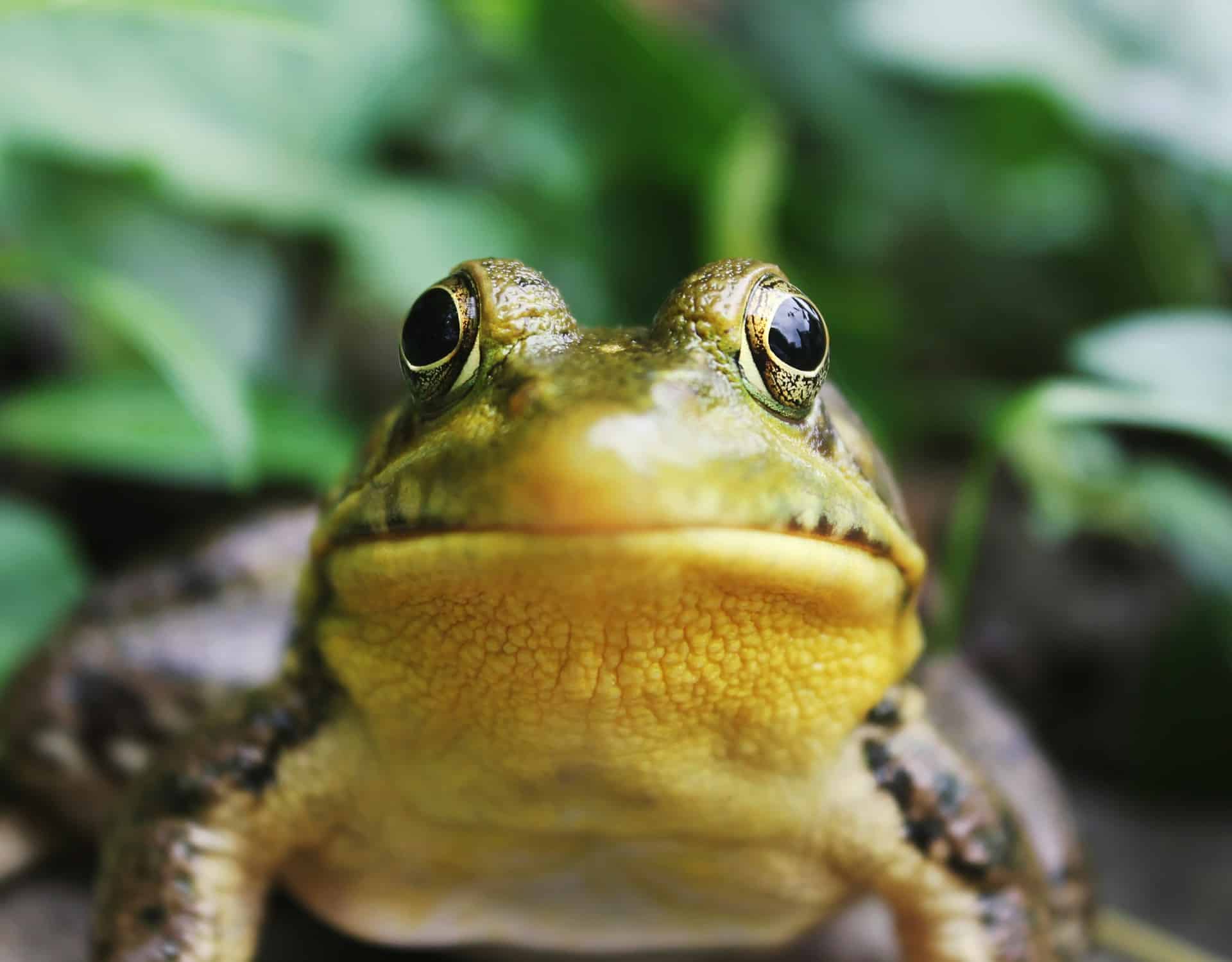When you think about pet care, an image of a friendly dog, a fluffy cat or a colorful bird probably springs to mind. But for some of you, an unusual pet like a pacman frog can be an exciting addition to your family. Pacman frogs, with their distinctive round shape and voracious appetite, can be a fascinating pet to observe and care for. However, to keep them healthy and happy, you will need to provide an optimal habitat that closely mimics their natural environment. In this guide, we’ll walk you through a step-by-step process on how to set up the perfect habitat for your pacman frog.
Choosing the Right Tank For Your Pacman Frog
One of the first considerations when setting up a pacman frog habitat is to choose the right tank. The size of the tank will depend on the size of your frog, but on average, a 10-20 gallon tank should suffice. Pacman frogs are not active climbers, so the tank does not need to be particularly tall. Instead, prioritize the width and length of the tank to provide them with ample space to move around.
En parallèle : What Are the Best Low-Dust Bedding Options for Rodent Pets with Respiratory Sensitivity?
When selecting a tank, consider its ease of cleaning. You’ll be doing regular maintenance to keep your frog’s habitat clean and safe, so it should be easily accessible. Tanks with large openings at the top or the front can be more convenient for this purpose.
Lastly, consider the material of the tank. Tanks made of glass are popular because they allow you a clear view of your frog. However, they also provide good insulation and can help maintain the right temperature inside the tank.
Lire également : How to Choose the Correct Type of Leash for Running with Your Dog?
Setting the Right Substrate
Substrate is essentially the bedding that will line the bottom of your frog’s tank. This is an important element of your frog’s habitat as it helps to simulate their natural environment.
Pacman frogs are burrowers, and they spend a lot of their time buried in the substrate, with only their eyes and nose poking out. This behavior helps them maintain the right level of humidity and temperature in their bodies. Therefore, your substrate should be able to retain moisture well.
There are several options for substrates, but the most recommended ones are coconut fiber and sphagnum moss. These substrates are good at retaining moisture and are safe for your frog to burrow in. Whichever substrate you choose, ensure it is deep enough for your frog to burrow in fully.
Maintaining Optimal Temperature and Humidity
Pacman frogs come from tropical environments, so they require a warm and humid habitat. The temperature in your frog’s tank should range from 75-85°F during the day, dropping no lower than 65°F at night.
A heat lamp or an under-tank heater can help maintain the right temperature. Place them on one side of the tank to create a temperature gradient, allowing your frog to move to a cooler area if it gets too hot.
Humidity is also vital for your pacman frog, and the enclosure should maintain a humidity level of 60-80%. You can maintain this by misting the tank daily with water, adding a water dish, or using a humidifier. Regularly monitoring the temperature and humidity with a thermometer/hygrometer is essential.
Adding Plants and Decorations
Decorating your pacman frog’s tank not only makes it aesthetically pleasing but also provides hiding spots and resting areas for your frog. Add items like rocks, logs, and plants to mimic their natural habitat and provide enrichment. However, make sure that any decorations are stable and won’t topple over on your frog.
Live plants can also help increase the humidity in the tank. But you will need to make sure the plants are safe for your frog, and they can tolerate the heat and humidity in your tank. Non-toxic plants like ferns, pothos, and bromeliads are commonly used in frog terrariums.
Feeding Your Pacman Frog
Proper nutrition is just as vital for your pacman frog’s care as setting up the perfect habitat. Pacman frogs are carnivores and will eat anything that fits in their mouth. Their diet typically consists of insects like crickets and mealworms, but they can also eat small mice and fish.
Remember to feed your frog a varied diet to ensure they get all the necessary nutrients. It’s also important to monitor your frog’s weight and adjust the food portions as necessary to prevent obesity.
With some patience and commitment, you can create the perfect habitat for your pacman frog. By mimicking their natural environment as closely as possible, you help ensure their overall health and happiness. So, take a leap of faith, and dive into the rewarding world of pacman frog keeping.
Providing Proper Lighting for Your Pacman Frog
The lighting in your pacman frog’s tank plays an integral role in creating the perfect habitat. These frogs do not require special UVB lighting like some reptiles do, but they will appreciate a natural light cycle that mimics their tropical habitat.
A standard fluorescent light can be used to illuminate the enclosure. You can set the light on a timer to provide 12 hours of light and 12 hours of darkness, mimicking the natural day and night cycle. Besides helping to regulate their internal biological clock, a proper light cycle also helps live plants in the terrarium thrive.
If you’re using a heat lamp to maintain the temperature in your frog’s enclosure, ensure that it doesn’t emit bright light, as this could disturb your frog’s natural day-night cycle. Frogs are sensitive to light and do not enjoy bright, direct lighting. Therefore, always place the light source outside the enclosure and never directly over the frog.
While managing the lighting, it is important to remember to give your frog some shaded areas where they can escape from the light when they want to. This can be achieved by adding live plants and decorations that provide cover. For example, an Exo Terra cave or a Zoo Med Reptile Rock Hide Cave would work great for this purpose.
Finally, always check that the lighting and heat sources are secure and not in a position where your frog can accidentally knock them over or touch them and get burnt.
Regular Cleaning and Maintenance for a Healthy Habitat
Once your pacman frog’s habitat is all set up, regular cleaning and maintenance are crucial for keeping your frog healthy. A clean habitat is essential for preventing diseases and ensuring your pacman frog thrives.
Start by spot cleaning the enclosure every day. This involves removing any uneaten food, frog waste, or any other visible dirt in the tank. Doing this daily will help prevent the build-up of bacteria and maintain a clean environment for your frog.
Every month, conduct a deep clean of the enclosure. This involves removing all substrate and decorations and cleaning them thoroughly. You can wash non-porous items in hot, soapy water and rinse them well before putting them back. Substrate should typically be completely replaced during a deep clean.
It’s important to use reptile-safe disinfectants for cleaning, as household cleaners can be toxic to your frog. Products like Zoo Med Wipe Out 1 Terrarium Cleaner are designed for such purposes and are safe to use.
Additionally, check the water dish daily to ensure it’s clean and filled with fresh water. Remember that pacman frogs absorb water through their skin, hence the quality of the water directly impacts their health.
Regular maintenance also includes checking the temperature and humidity levels daily. Using a reliable thermometer/hygrometer will help you ensure that conditions in the frog enclosure remain optimal.
Conclusion
Setting up the perfect habitat for a pacman frog can seem like a daunting task, but with this guide, you should be all set to create an environment that closely mimics your frog’s natural habitat. From selecting the right tank and substrate to maintaining optimal temperature and humidity, each step is crucial for your frog’s wellbeing.
Remember, the key to a happy and healthy pacman frog is not just about the setup but also about providing proper care and nutrition. Pay attention to their behavior, diet, and the condition of their habitat. With patience, commitment, and proper care, you’ll find great joy in your journey as a pacman frog owner. Whether you’re a beginner or an experienced herpetologist, raising a pacman frog is a rewarding experience. Welcome to the unique and fascinating world of pacman frog care.











